| Type |
RK 26 Two seat advanced trainer |
RK 26a Two seat advanced trainer |
| Engine |
1 Armstrong-Siddeley Lynx |
1 Walter Castor |
| Dimensions |
Length 6,20 m, height 2,66 m, span 8,40 m, wing area 20,22 m2 |
Length 6,55 m, height m, span 8,40 m, wing area 20,20 m2 |
| Weights |
Empty 570 kg, flying weight 855 kg, fuel 115 kg, oil 15 kg, |
|
| Performance |
Max. speed 200 km/h, cruising speed 185 km/h, climb 333 8,30 m/sec., ., service ceiling 7500 m, range 600 km, landing speed 90 km/h |
|
| Type |
Werk.Nr |
Registration |
History |
| RK 26 |
|
|
Crashed at Kassel/Waldau |
| RK 26a |
103 |
D-1616, D-EVUK |
June 1929. G. Fieseler, Kassel (Fieseler Fi 1) won the 1929 German Aerobatic Championship. Liesel Bach, Butzweile r Hof flew the plane in 1937 |
| RK 26 |
104 |
SE-ACO, SE-ADK |
16th March 1932. AB Svenska Järnvägsverkstäderna. Fr. Chr. Lambert-Mueller. Rolf Ahlsell, Norrköping. Norrköpings Automobil-och Flygklubb. Lennart Hemminger, Stockholm. Crashed 1943 |
| RK 26a |
105 |
D-1655 |
June 1929. Hans Gullmann. Aero Express, Leipzig. DLV |

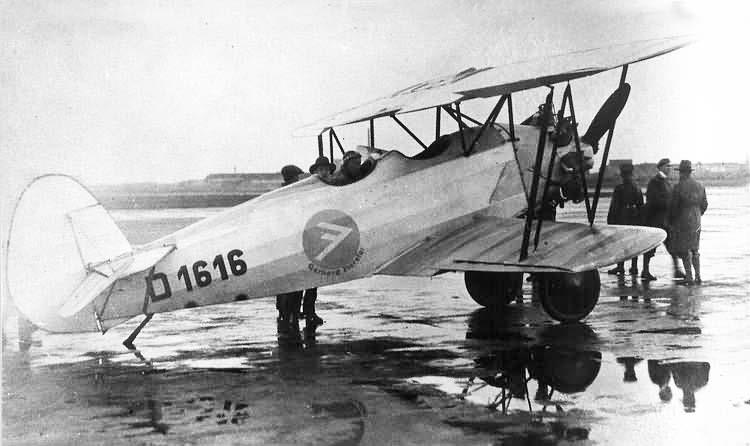
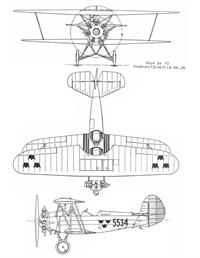
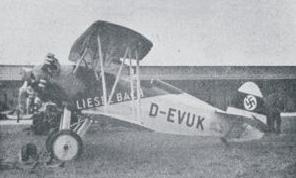
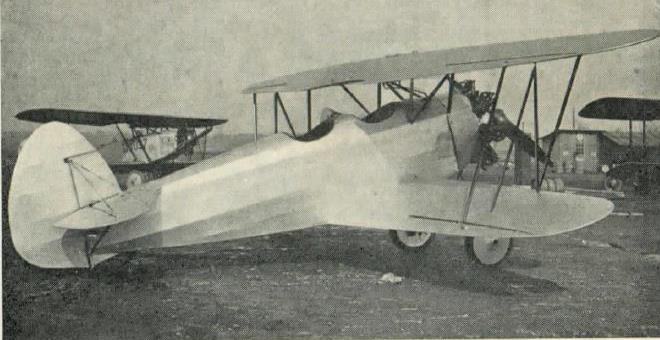
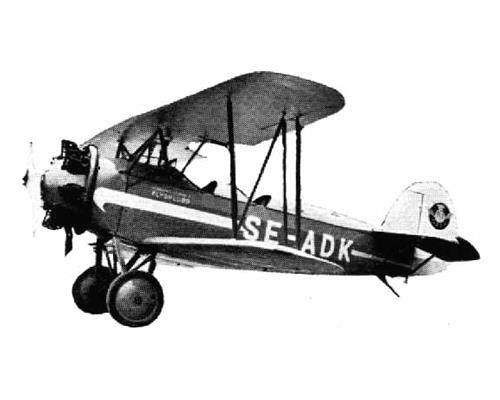
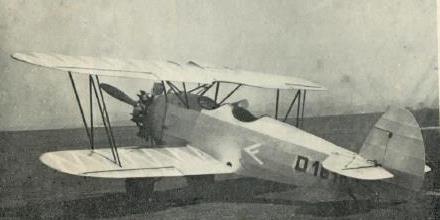
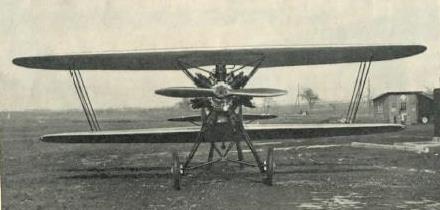
RK 26 Tigerschwalbe aerobatic aircraft
Gerhard Fieseier achieved many of his great successes on the Schwalbe and its further developments.
The RK 26, completed in 1928, was a significantly improved version of the Schwalbe with a considerably more powerful engine, an aircraft bred primarily for high-performance aerobatics. The wingspan was increased compared to the Schwalbe, as was the wing area, by almost 3 m2.
That's remarkable! Due to the necessary reinforcement of the airframe and the much more powerful and therefore heavier engine, the weight in use increased by 80 kg and the flying weight by 115 kg. However, the wing loading was still lower than that of the Class 1a due to the large wings. The performance was increased enormously, in particular the climb performance was quadrupled. With this climb performance it was possible to gain even more altitude during aerobatics.
A prototype was built. Another RK 26 was built for Gerhard Fieseler, another for Gullmann in Leipzig and 25 aircraft were built under license in Sweden by Svenska Järnvägsverkstäderna under the designation SK 10. Furthermore, several were built under license in Austria by Pintsch AG as "Pintsch Tigerschwalbe", then 30 in Romania as "ICAR Acrobatic", 20 in the Spanish state factory Sabadell as RK 26/IV with 550 hp Gnöme-Rhöne engine.
When the Soviets advanced into Spain in 1936, they captured some of these machines - including half-finished ones with all the construction plans. They were immediately shipped from Barcelona to the Soviet Union. The Soviets found the type so interesting.
On January 15, 1929, the company wrote the following in the "Sportflieger" about the development and construction of the RK 26:
The aerobatic competitions of the past year clearly showed that our outstanding German aerobatic pilots lack a powerful machine with which they could compete with foreign pilots under equally favorable conditions. Just think of the duel between Doret and Fieseler. The Frenchman showed figures full of robust power and incredible speed with his flying engine, the 300 hp monoplane, and thus gained a considerable lead that the German champion with his small, only 120 hp machine could hardly catch up with, even with his sensitive, precise flying of the most difficult figures that no one has ever imitated. There is no doubt that Fieseler was superior to his opponent in aerobatics, while Doret won thanks to his powerful machine. Our Schwalbe is probably the most famous pilot today due to its maneuverability, strength and stability. most popular aerobatic aircraft and will remain so. However, we had to create a machine that would allow our best German aerobatic pilots to compete with foreign pilots in terms of engine power - without being disadvantaged by too different machine materials.
With our new design RK 26 we created this aircraft that combines great power reserves with speed and amazing climbing ability. The high structural strength known from our Schwalbe, which allows even the most difficult figures and the toughest tests of strength without danger, is also a feature of this machine. (Fracture strength in case A 14 times) The aircraft is built as a cantilever biplane, the two wings are two-spar and continuous. The upper wing rests on a canopy made of tubular steel struts and is connected to the lower wing by N-shaped torsion bars. The American wing profile NACA M12 was used, which is characterized by low pressure point movement. The wing ends transition into symmetrical profiles from the wing bar point onwards.
Material of the wings: wood covered with fabric. The very spacious fuselage accommodates two seats, of which the pilot's seat is specially designed to take a parachute and consists of a steel tube frame with wire crossovers, with steel tube diagonals in the area of the seats. The pilot's seat is at the back, the passenger's seat at the front. The tail unit is also made of steel tube and is covered with fabric.
The first prototype aircraft used an English Armstrong-Siddeley-Lynx MK IV with 200/227 hp and 7 cylinders, which directly drives a tension screw. However, the Walter Castor could just as well be used.
The chassis has a split axle. The suspension is provided by means of endless rubber rings.
Four containers with a total capacity of 210 liters are provided for the fuel, namely two main and one additional tank in the wings, and a dorsal flight tank in the fuselage. The lubricant tank holds 17 liters, and the engine crankcase holds another two liters.
The aircraft is built to order at short notice and with a complete inverted flight system: inverted flight carburetor.






